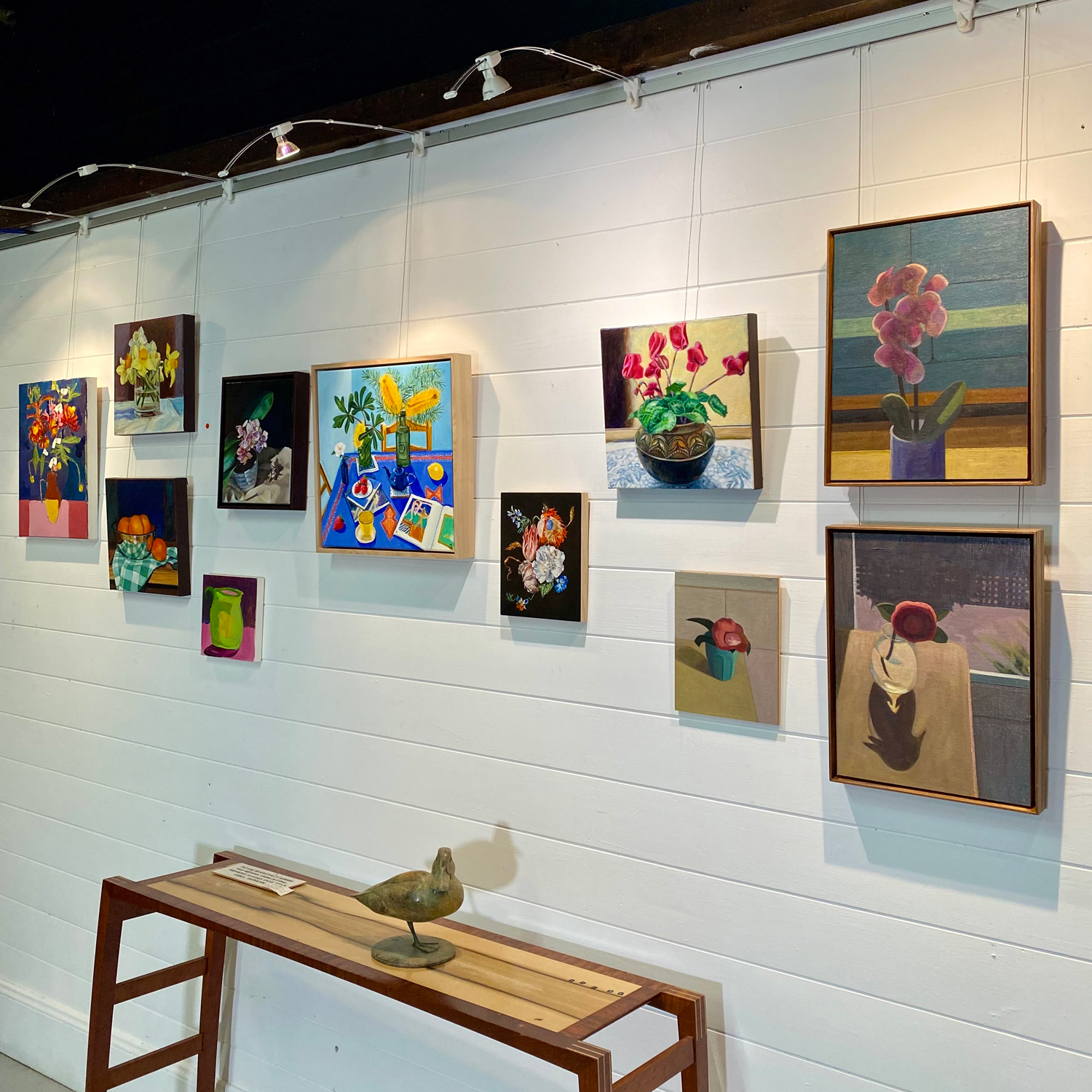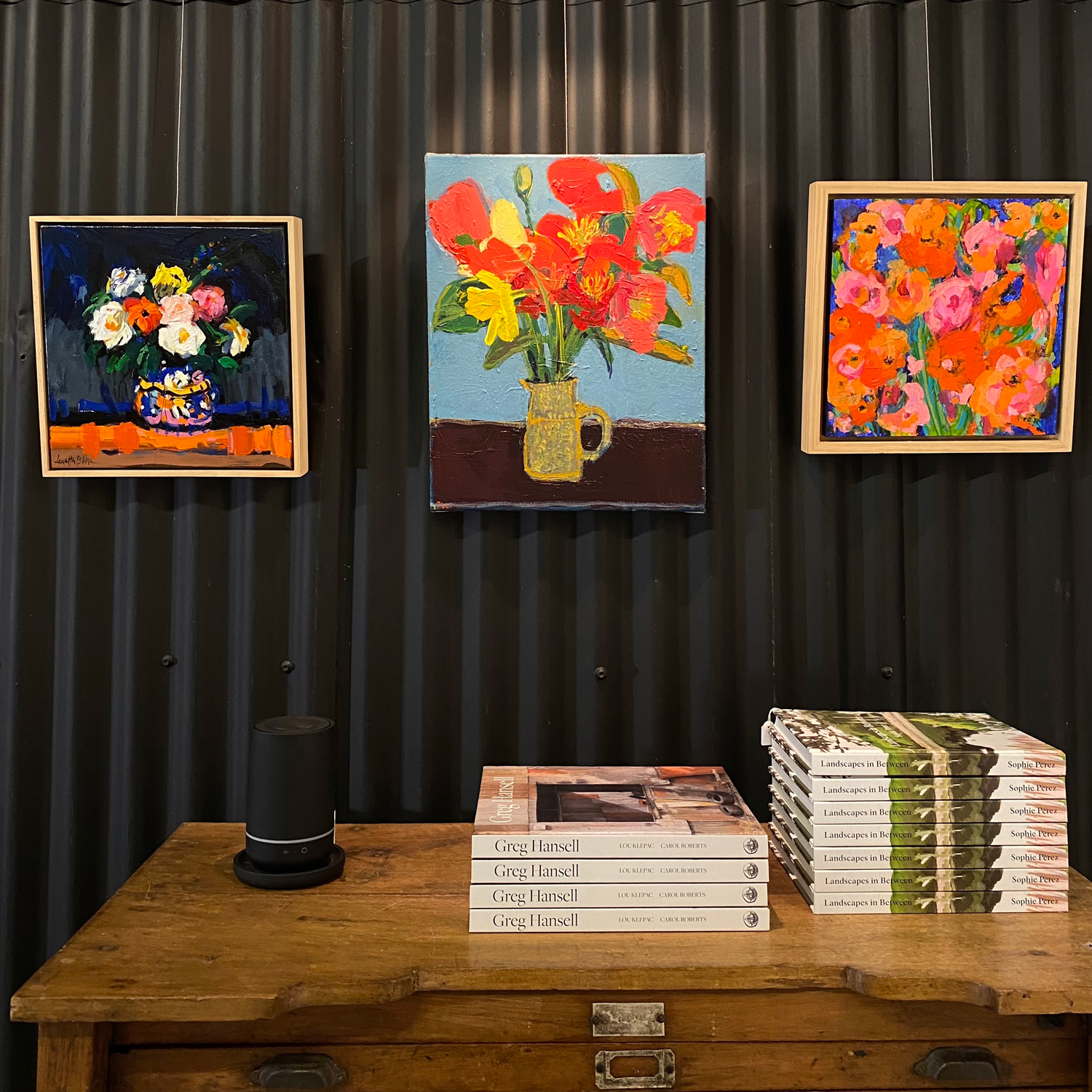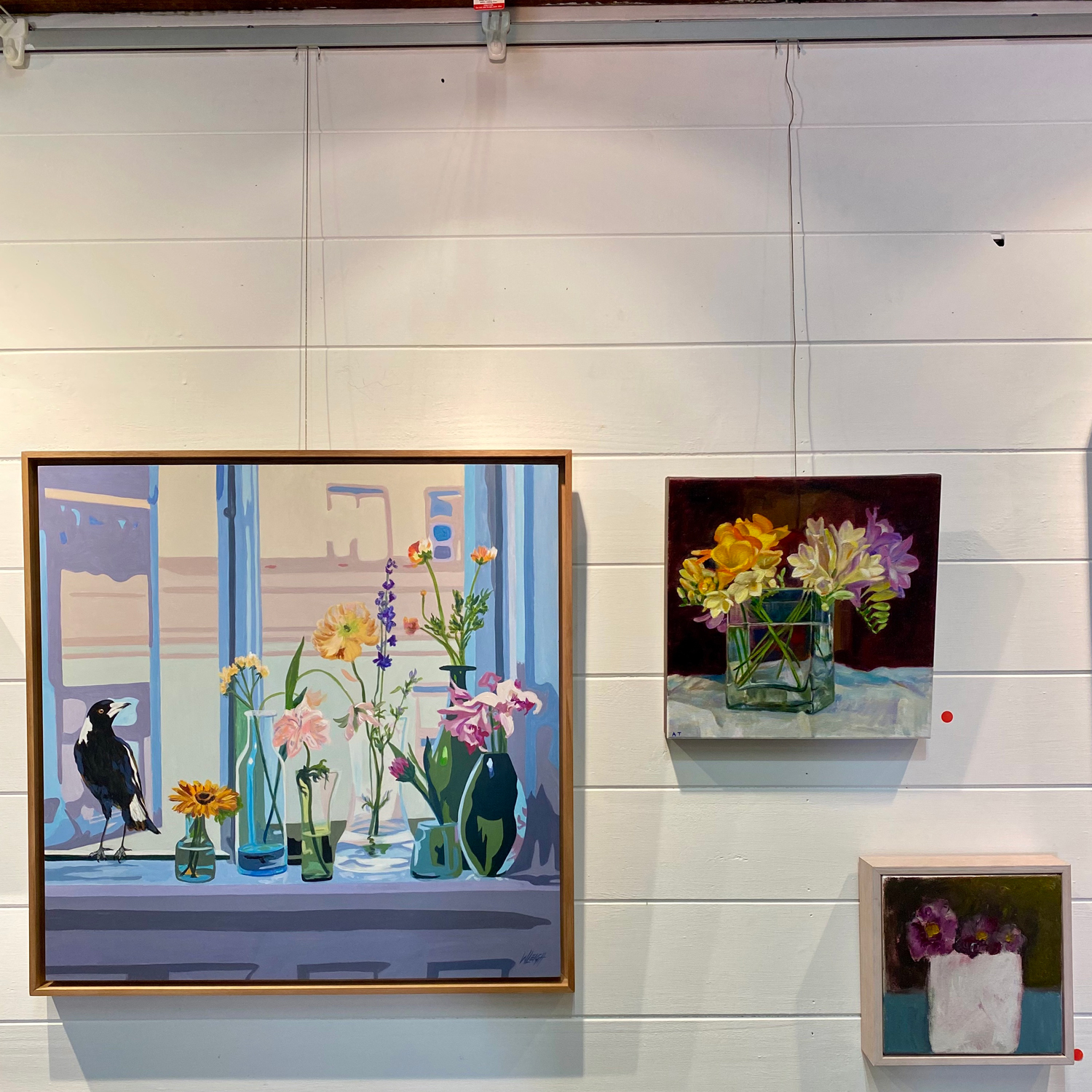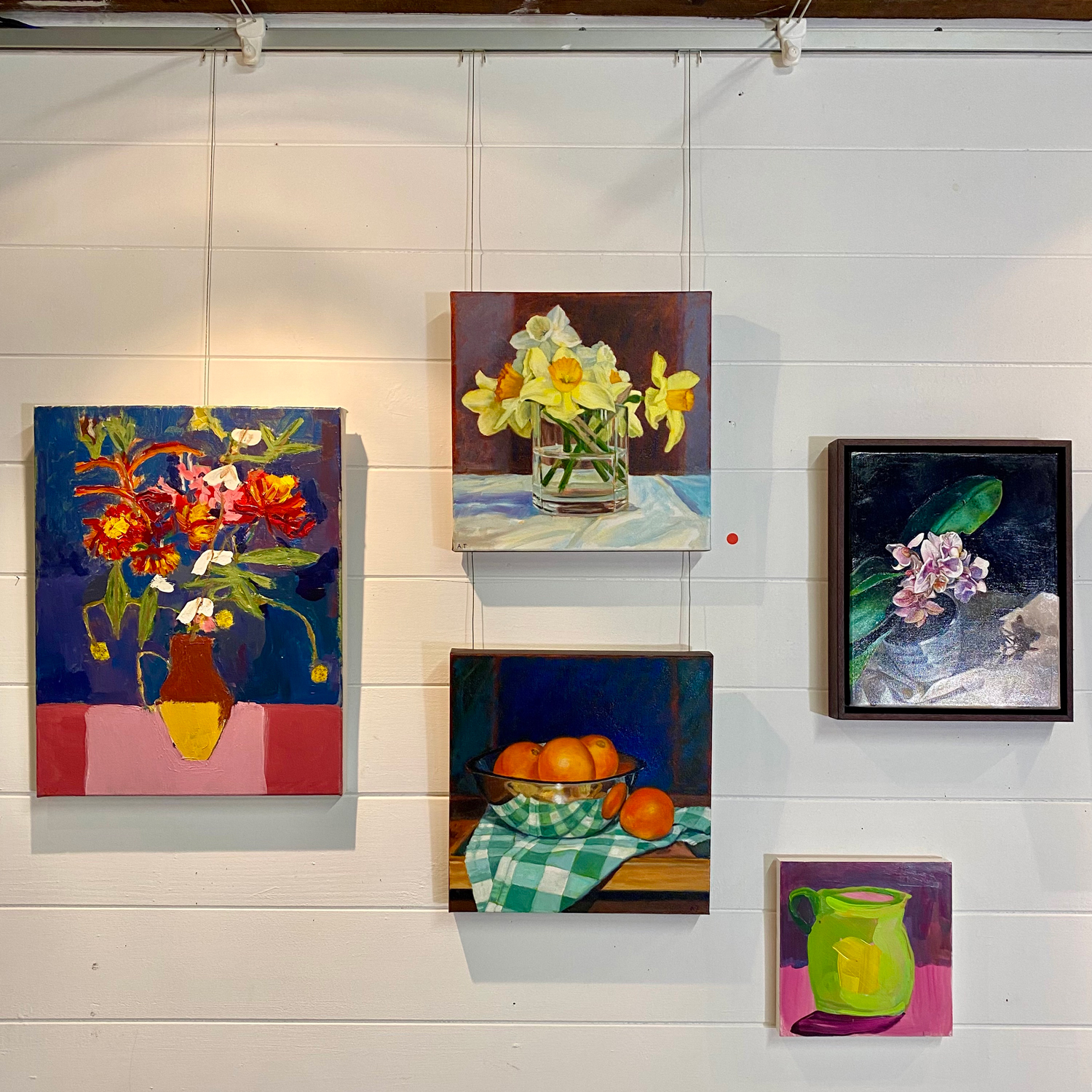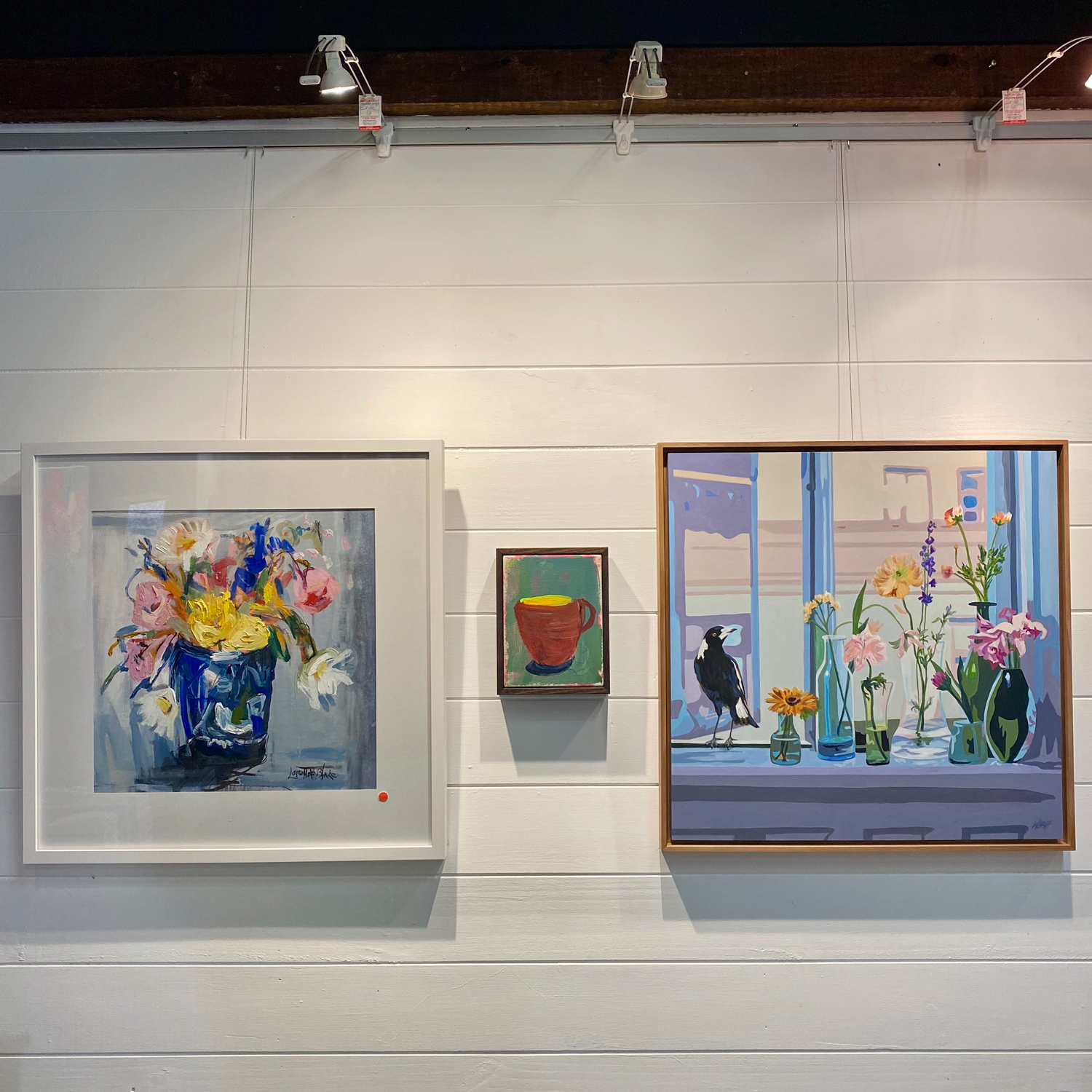Conversation with the Artists & Gallery Tour
ARTISTS
Anna Placidi
Antoinette Tyndall
Jane Frances Tannock
Judy Brownlie
Kay Wood
Libby Moore
Loretta Blake
Lucila Zentner
Melanie Vugich
Melissa Hartley
Rhonda Campbell
Steve Salo
Sophie Witter
Wendi Leigh
Still life painting, a genre often overlooked in favour of grander subjects, holds unique strengths that deeply enhance our appreciation of both art and life. Its quiet, meditative nature allows us to focus on the beauty of ordinary objects—fruits, flowers, everyday items—that might otherwise go unnoticed. By elevating these simple subjects, still life invites us to see the world with fresh eyes, finding beauty and meaning in the mundane.
Giving a nod to Percy Bysshe Shelley’s poem “Ode to the West Wind’ Ode to Spring is also a celebration of renewal and the transformative power of nature and life. Art and poems beautifully capture the themes of renewal and the restorative essence of nature. Shelley’s ode captures the cyclical nature of seasons, with spring representing rebirth and renewal after the harshness of winter: “If Winter comes, can Spring be far behind?”
Spring is often associated with hope and optimism. It’s a time when we see nature coming back to life after the dormant winter months, and it reminds us that there is always a chance for new beginnings. Still life art invites us to pause and appreciate the quiet beauty of everyday objects; it’s contemplative – much like spring’s gentle arrival. Each arrangement of blossoms and natural forms offers a timeless reflection of life’s renewal and simplicity, frozen in a perfect moment.
In this exhibition 14 contemporary artists exhibit their most recent representations of Spring and the still life genre. Flowers, plants, fruit and sideboards delicately detailed with favourite vases, bowls of fruit, free-standing fruit and vegetables and the most glorious vases of spring flowers.
One of the key strengths of still life art is its ability to showcase the skill of the artist in rendering texture, light, and form with meticulous detail. The precision required to depict a piece of fruit, the sheen of glass, or the delicate folds of fabric speaks to the technical mastery behind the art. This level of detail draws the viewer into an intimate examination of the subject, encouraging them to pause and appreciate the complexity and richness of the seemingly simple.
Still life also offers artists a unique platform to explore themes of time, transience, and mortality. By capturing perishable objects, such as flowers or fruit, the genre subtly reminds us of the fleeting nature of life. This sense of impermanence, often reflected in symbolic elements like wilting flowers or decaying fruit, enriches our understanding of life’s cycles and the passage of time. In this way, still life art deepens our appreciation not only for beauty but also for the preciousness of life itself.
Moreover, still life paintings create space for personal and cultural reflection. The objects depicted can carry symbolic meaning, reflecting the values, desires, or anxieties of the time. For example, a still life filled with luxurious items might speak to wealth and opulence, while one with humble, everyday objects might suggest simplicity or reflection on life’s essentials. This layering of meaning allows viewers to connect with the artwork on both aesthetic and intellectual levels.
Ultimately, still life art enhances our appreciation of both art and life by encouraging us to look more closely, to see beauty in the ordinary, and to reflect on the deeper meanings behind the objects that surround us. Through its attention to detail, symbolic depth, and quiet elegance, still life reveals that even in the simplest moments, there is much to be celebrated and contemplated. Enjoy the exhibition.
Artworks
Showing all 38 results
-
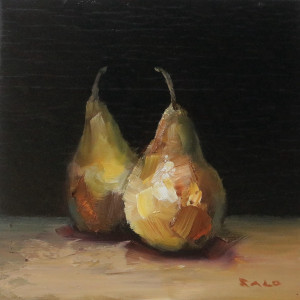
Steve Salo-Two Pears No 4
$1,100.00 -

Steve Salo- Apple
$740.00 -
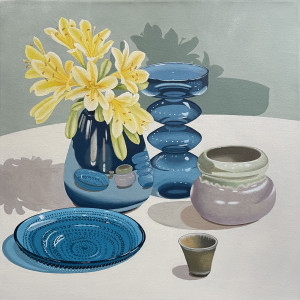
Libby Moore – You do need me
$1,500.00 -
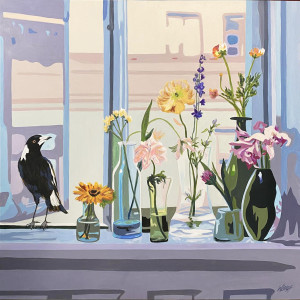
Wendi Leigh Still Life with Mags III
$1,750.00 -
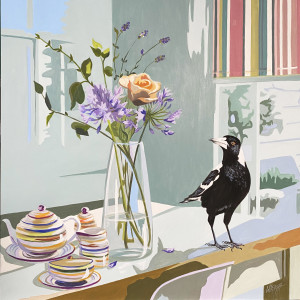
Wendi Leigh – Still life with Magpie II
$1,750.00 -
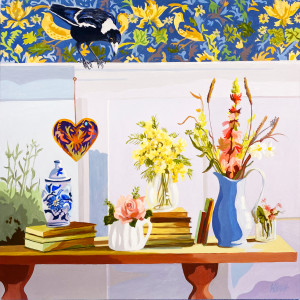
Wendi Leigh – Still Life with Maggie I
$1,750.00 -
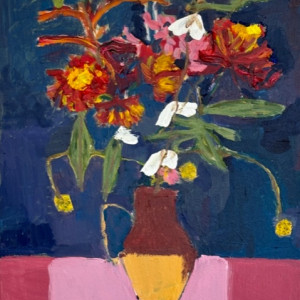
Sophie Witter – I’ll Pick You Up
$720.00 -
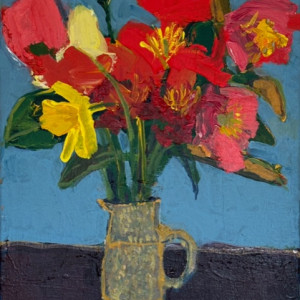
Sophie Witter – I had a Wine Instead
$720.00 -
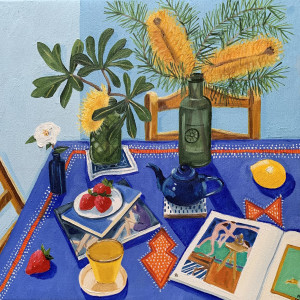
Melanie Vugich – Dancing Our Way Through The Day
$1,480.00 -
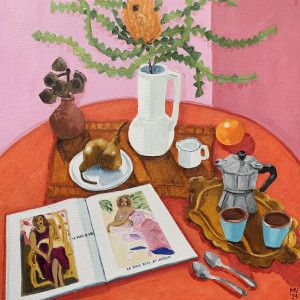
Melanie Vugich – A Leisurly Morning with You
$1,480.00 -
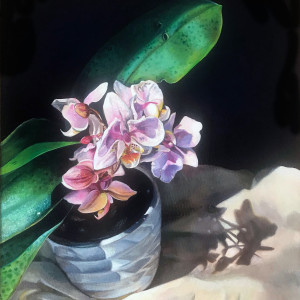
Melissa Hartley- Carnival of Light
$750.00 -
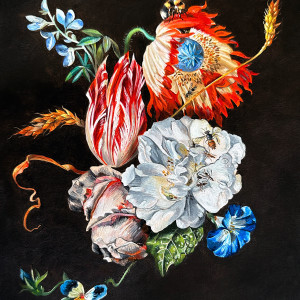
Melissa Hartley – Heavenly
$1,100.00 -
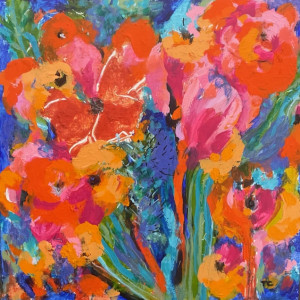
Rhonda Campbell – BEHIND FRIDA’S WALL
$550.00 -
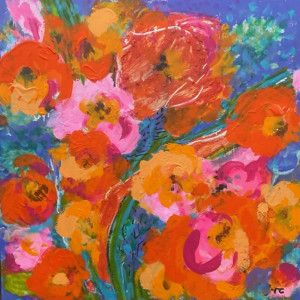
Rhonda Campbell -HOMAGE TO FRIDA
$550.00 -
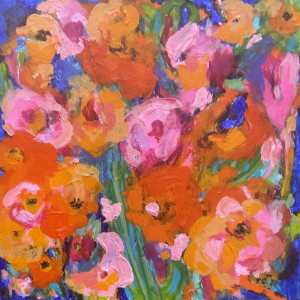
Rhonda Campbell – MEXICAN FLOWER MARKET
$550.00 -
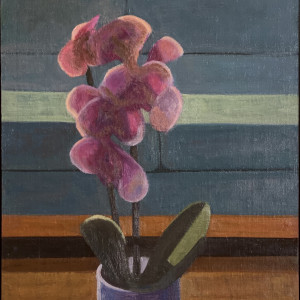
Jane Frances Tannock- Orchids Near the Blue Couch
Sold -
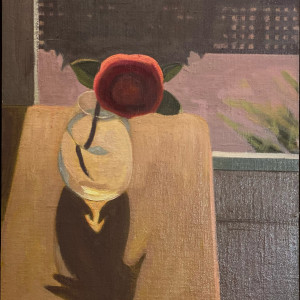
Jane Frances Tannock-Camellia On A Sunny Winter Day
$815.00 -
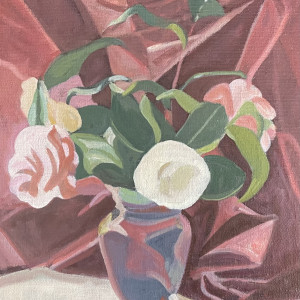
Jane Frances Tannock-After Camellias 1934 by William Nicholson
$515.00 -
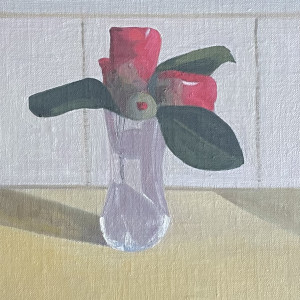
Jane Frances Tannock-Camellia study in bud vase
$490.00 -
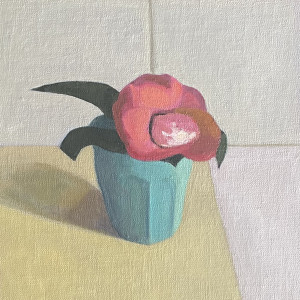
Jane Frances Tannock-Camellia study In Blue Green Cup
$490.00 -
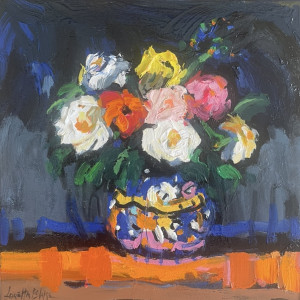
Loretta Blake – The Orange Stripe
$650.00 -
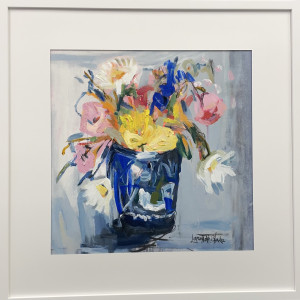
Loretta Blake – Gardener’s Delight
Sold -

Loretta Blake – Floral with Blue
$2,500.00 -
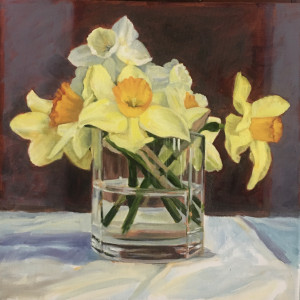
Antoinette Nielsen – Glass with Daffodils
Sold -
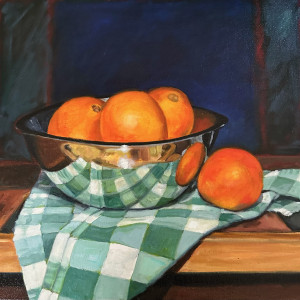
Antoinette Nielsen – Dish with Oranges
$690.00 -
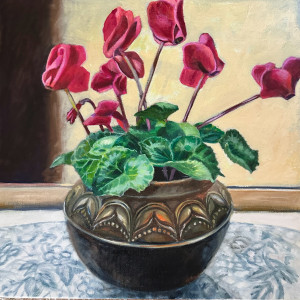
Antoinette Nielsen – Cyclamens with Jardiniere
$690.00 -
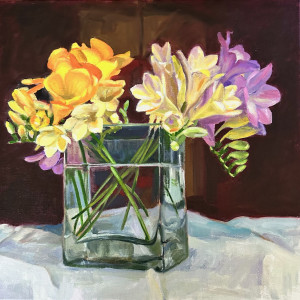
Antoinette Nielsen – Freesias
Sold -
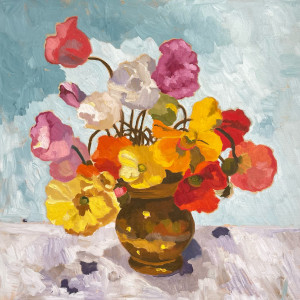
Lucila Zentner – Wild Poppies
$3,200.00 -
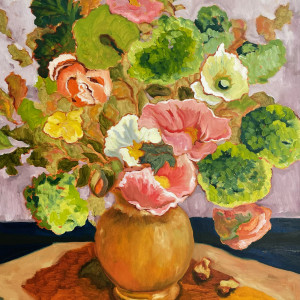
Lucila Zentner – Sunshine Flowers
$4,200.00 -
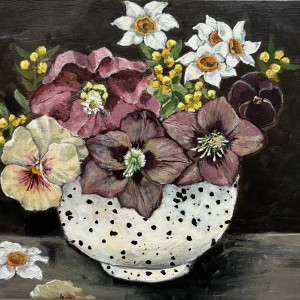
Anna Placidi – Hellebores
Sold -
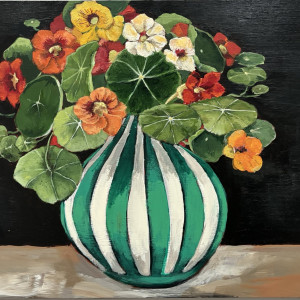
Anna Placidi – The Striped Vase
Sold -

Kay Wood – Still Life 302
Sold -
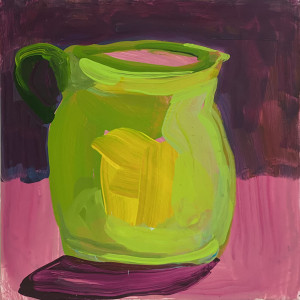
Kay Wood – Still Life 86
$290.00 -
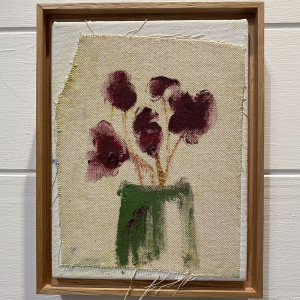
Kay Wood – Still Life 36A
$375.00 -

Kay Wood – Still Life 36B
$375.00 -
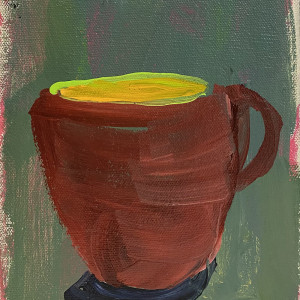
Kay Wood – Still Life 108
$375.00 -
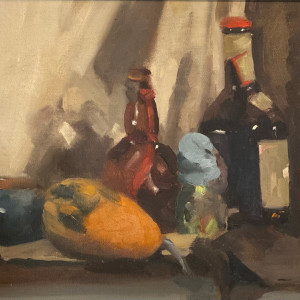
Judy Brownlie – Still Life with Bottles
Sold -

Judy Brownlie – Daisies
Sold

